Minimalist garden design, particularly in the Japanese style, embraces simplicity and tranquility, offering a serene escape from the hustle and bustle of daily life. Originating from traditional Zen gardens, this approach seeks to create harmony and balance using natural elements. In contrast to the ornamental richness seen elsewhere, a minimalist Japanese garden is characterized by its use of fewer components--stones, water, and select plantings--each meticulously placed to evoke a sense of peace and reflection. Although the aesthetic is understated, the impact is profound, inviting contemplation and relaxation. Embrace the calm with these minimalist Japanese garden design ideas and transform your outdoor space into a haven of simplicity.
Zen garden elements, including stones and minimalist bonsai trees, create a serene atmosphere. This design fosters tranquility and mindfulness within the space. Source
Serene maple tree and stone pathway. This combination promotes tranquility and encourages mindfulness in a minimalist Japanese garden design. Source
Zen garden elements with pebbles, rocks, and lanterns create a serene minimalist design. This approach fosters tranquility and mindfulness in outdoor spaces. Source
Serene rock garden with bonsai trees. This minimalist design fosters tranquility and harmony, embodying traditional Japanese aesthetics. Source
Indoor greenery arrangement with a central tree. Incorporating elements like minimalist planters and suspended air plants enhances tranquility. This design promotes harmony and a connection to nature within the living space. Source
Minimalist Japanese garden design featuring stones, ferns, and trees. This serene layout emphasizes natural elements, enhancing tranquility and harmony. Source
Curved stone pathway accented with moss and gravel. This design promotes serenity and mindfulness, guiding visitors through nature's beauty. Source
Serene indoor-outdoor space with bamboo accents. This design element fosters a harmonious connection with nature, embodying the essence of minimalist Japanese garden aesthetics. Source
Zen garden pathway design with alternating grass and gravel sections. This minimalist approach creates a serene yet dynamic visual experience that promotes tranquility and contemplation. Source
Illuminated stone pathway with surrounding greenery. This minimalist design emphasizes tranquility and simplicity, ideal for creating a serene Japanese-style garden atmosphere. Source
Lush greenery bordered by a pebble pathway. This design promotes tranquility and encourages a peaceful retreat amidst nature. Source
Serene stone structure surrounded by lush greenery and white flowers. This minimalist Japanese garden design encourages tranquility and connection with nature, enhancing the overall ambiance. Source
Zen garden aesthetic with raked gravel, stones, and sparse greenery. Such simplicity invites tranquility and contemplation. Source
Zen garden elements like gravel, stone lanterns, and water features create a serene atmosphere. These components promote tranquility and mindfulness, essential in Japanese garden design. Source
Lush ornamental grasses and vibrant flowers. Incorporating elements like bamboo, stones, and water features can enhance tranquility and harmony in the garden. Source
Lush greenery with delicate red Japanese maples. Incorporating natural stone pathways and a serene pond enhances tranquility. Source
Serene stone lanterns and asymmetrical water features. Integrating these elements can enhance tranquility and balance in a minimalist Japanese garden design. Source
Minimalist Japanese garden design featuring rocks and gravel. This approach promotes tranquility and simplicity, creating a serene environment. Source
Zen garden elements: boulders, gravel, and ferns. These components promote tranquility and simplicity, embodying the essence of minimalist Japanese garden design. Source
Zen Garden Stones
Zen garden stones add a unique touch to any garden design. They create a calming atmosphere perfect for relaxation or meditation. Arranging them thoughtfully can transform your outdoor space into a serene retreat.
Bamboo Fencing
Bamboo fencing adds a unique touch to garden design, bringing a natural and tropical vibe. It's eco-friendly, lightweight, and surprisingly sturdy, making it a popular choice for privacy screens or boundaries. Plus, its versatility allows you to easily blend it with different landscaping styles, from modern to rustic.
Koi Pond
A Koi pond can turn your garden into a tranquil oasis, adding a splash of color and a serene vibe. Planting water lilies and keeping a few rocks around creates a natural look that complements those glimmering fish. Regular maintenance is key, but the relaxation and beauty are totally worth the effort!
Stone Lanterns
Stone lanterns bring a unique charm to garden design, adding a touch of elegance and warmth. They come in various styles, so you can find the perfect fit for your outdoor space, whether you prefer traditional or modern looks. Placing them along pathways or near water features creates a cozy ambiance, especially when lit at night.
Raked Gravel Patterns
Raked gravel patterns can totally transform a garden space, adding a unique texture and visual interest. You can create simple lines or intricate designs, giving your outdoor area a zen-like vibe. Just grab a rake, let your creativity flow, and enjoy the calming process of shaping the gravel!
Water Feature
Water features add a whole new vibe to garden design, creating a soothing atmosphere. Whether it's a simple fountain or a koi pond, they attract wildlife and provide a great focal point. Plus, the sound of flowing water can really make your outdoor space feel more tranquil and inviting.
Simple Plant Selection
When it comes to garden design, choosing the right plants can make all the difference. Stick to a few easy-to-care-for species that thrive in your local climate, like lavender or ornamental grasses. Mixing in some seasonal flowers gives a pop of color without overwhelming the space.
Minimalist garden design in the Japanese style emphasizes simplicity, natural beauty, and balance, often incorporating elements such as water features, rocks, and carefully pruned plants to create a serene and contemplative space. This style focuses on clean lines and open spaces, using a limited palette of materials and colors to eliminate clutter and distractions, allowing nature to take center stage. The result is a harmonious and tranquil garden that not only enhances the aesthetic appeal of the area but also provides a peaceful retreat for relaxation and meditation, deeply rooted in the Zen philosophy of harmony with nature.

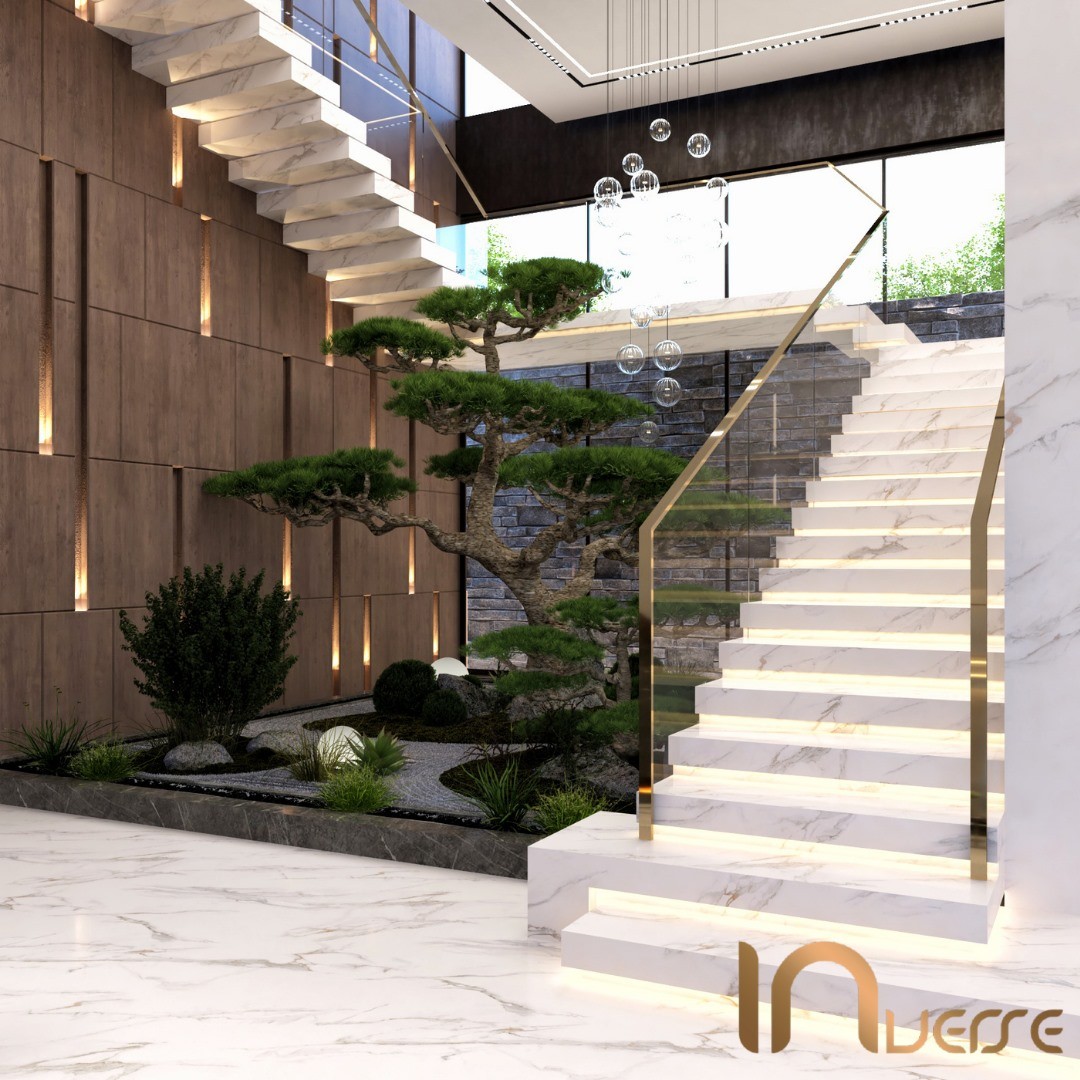
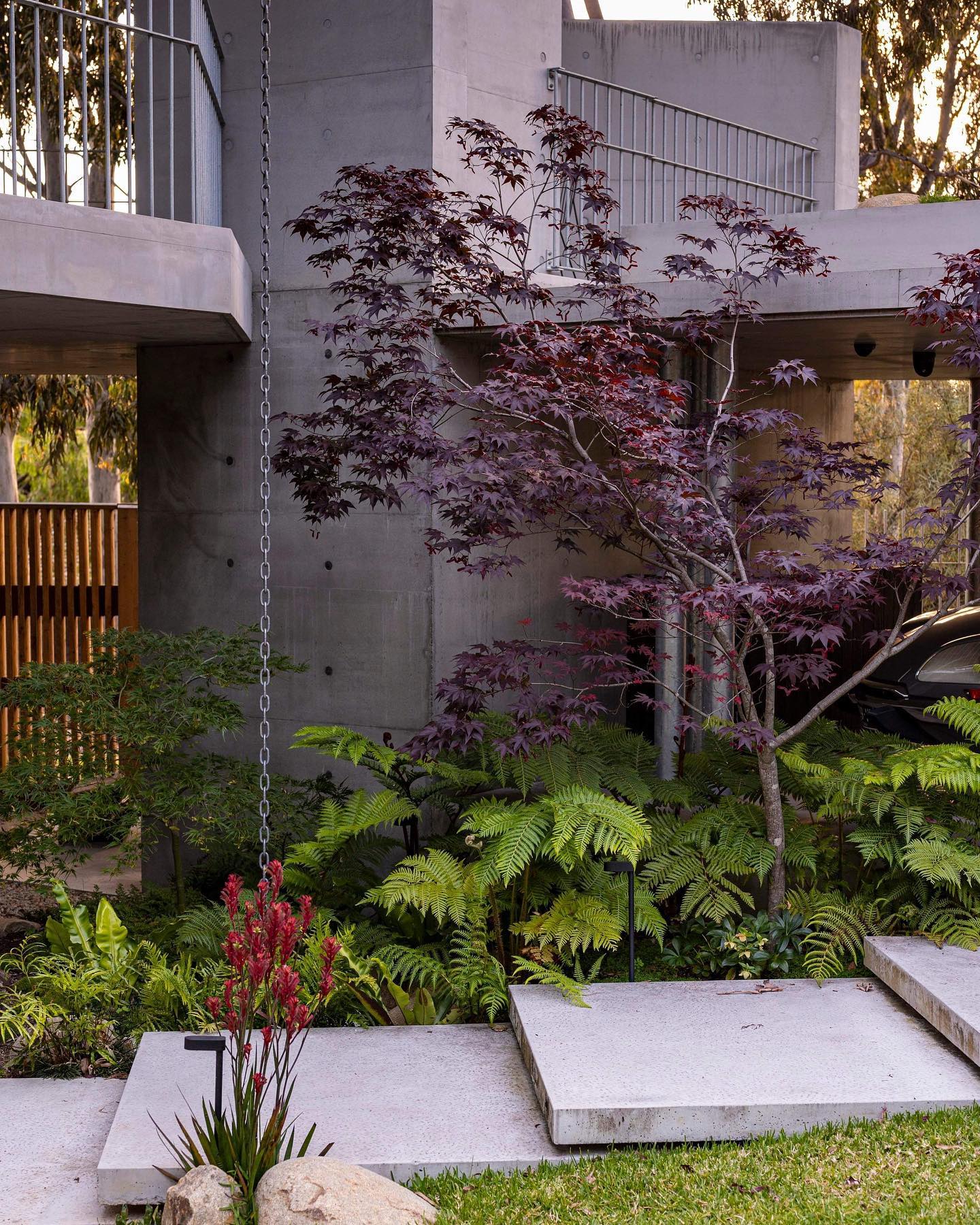
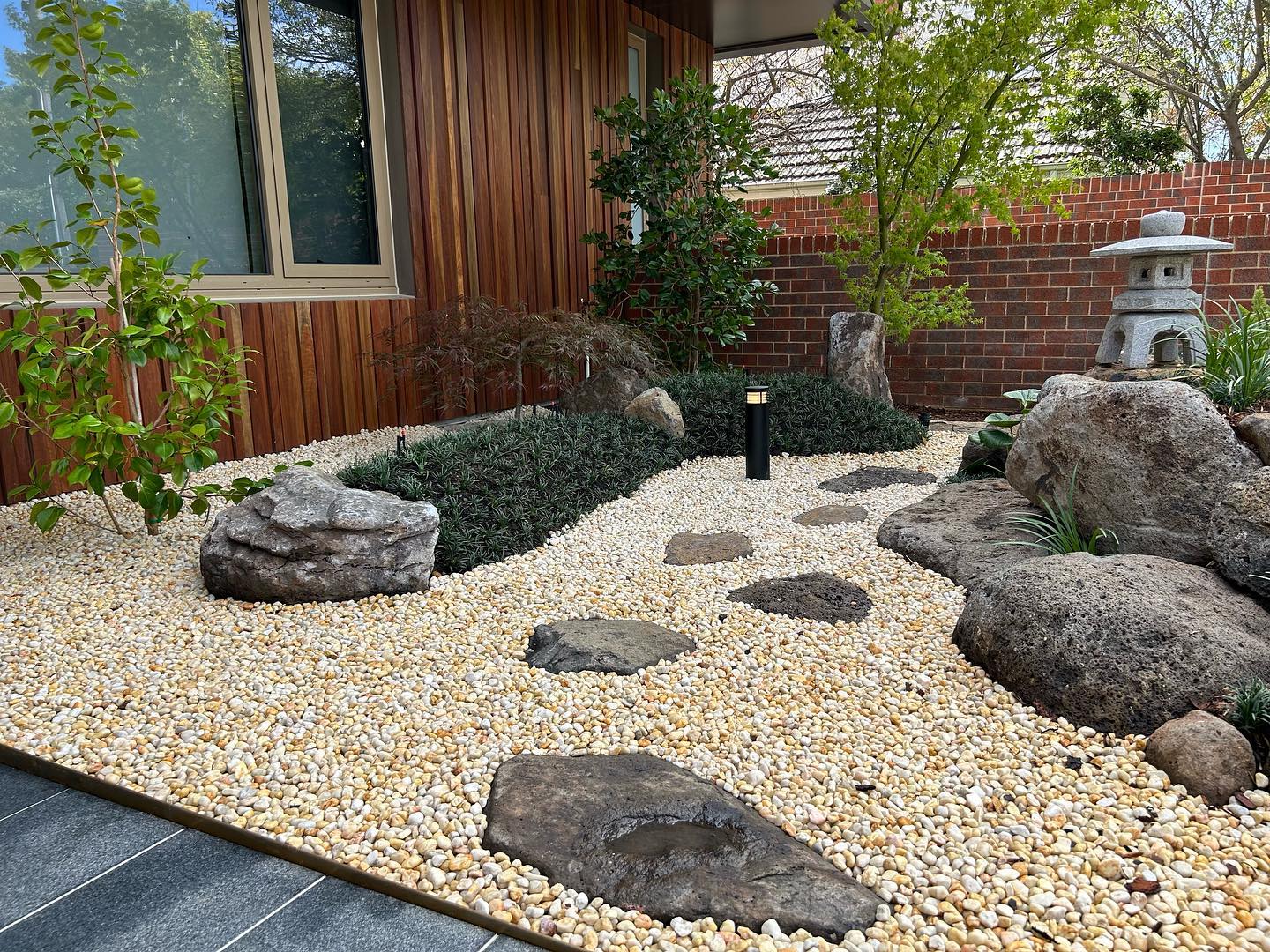
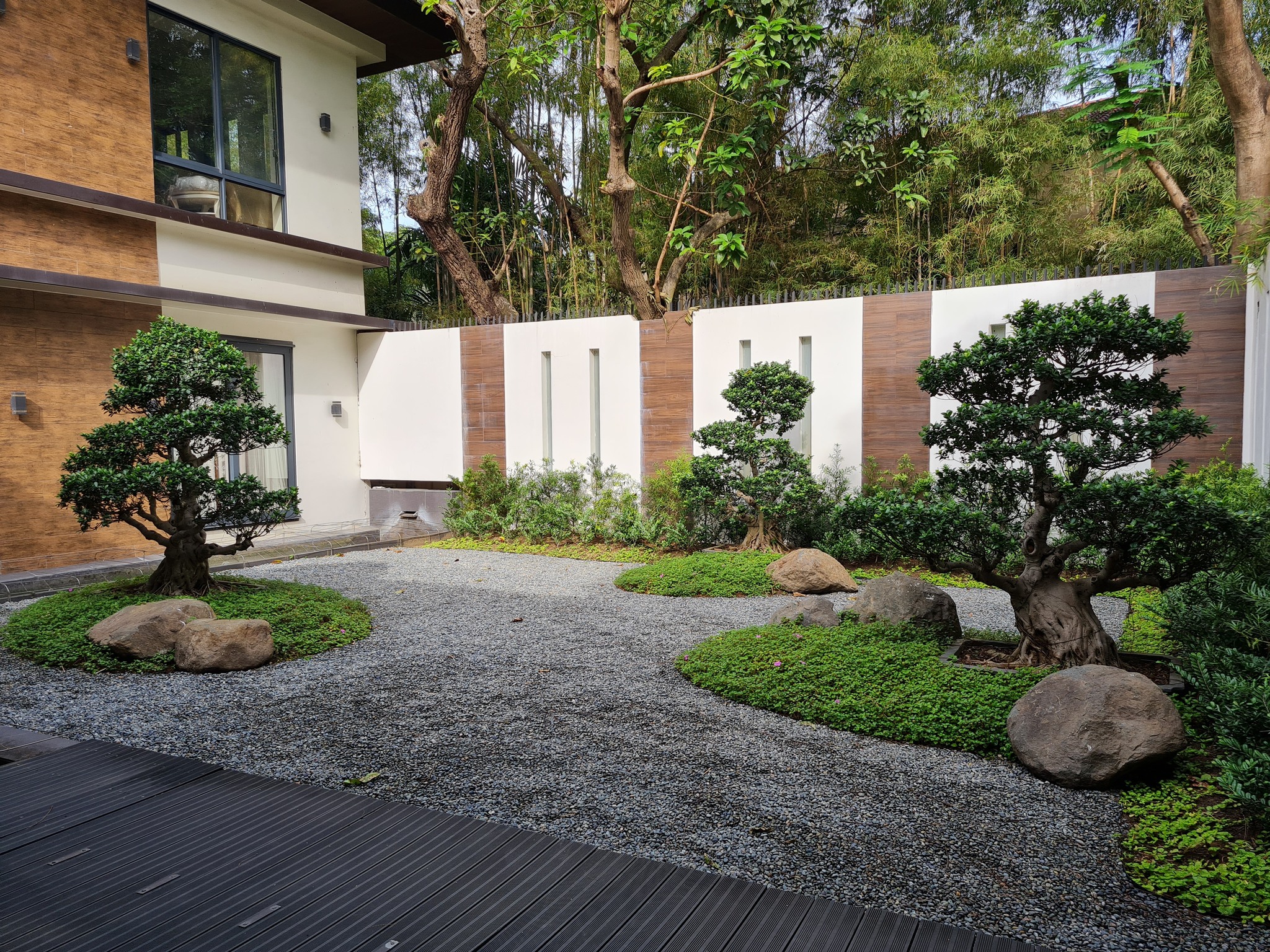
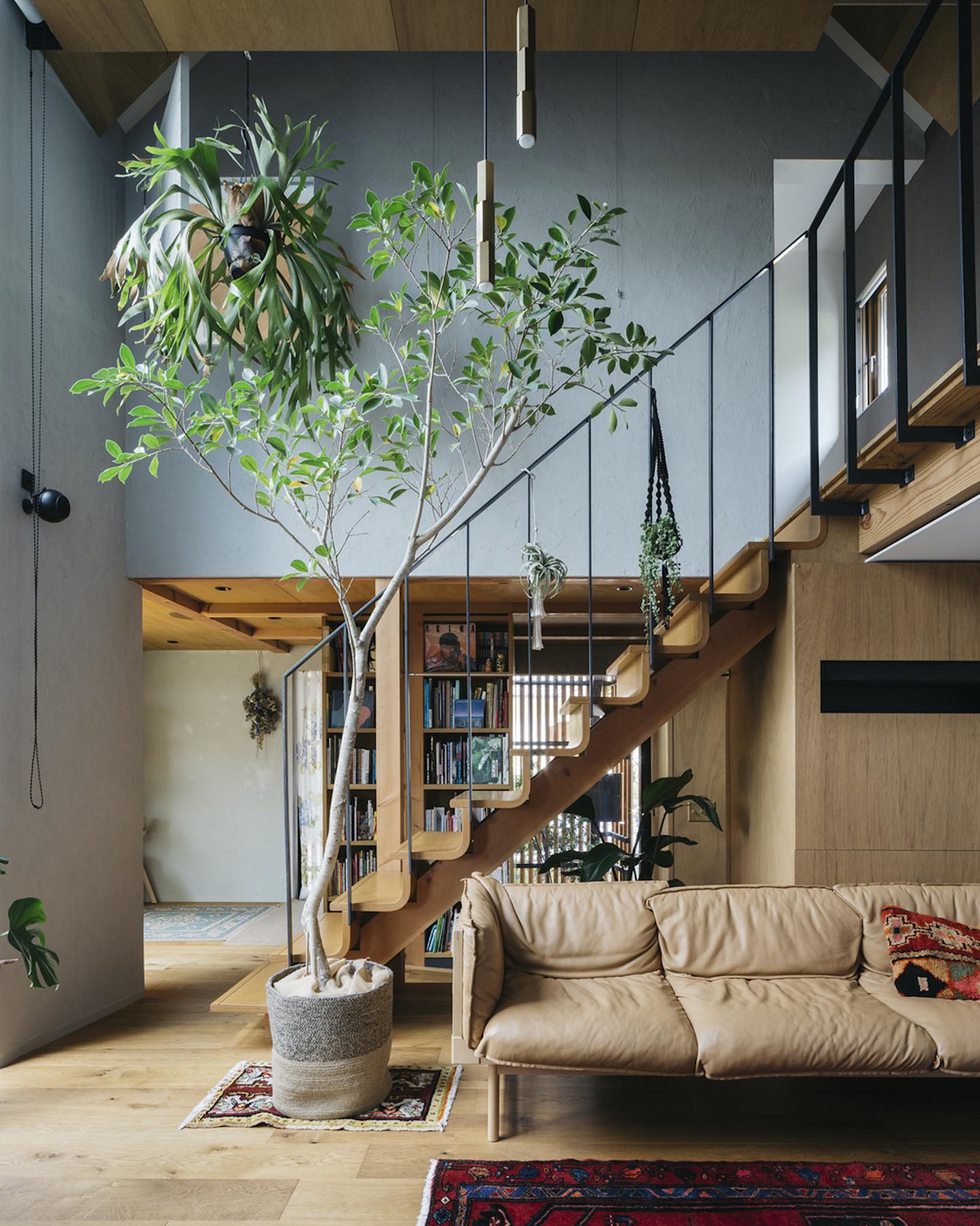
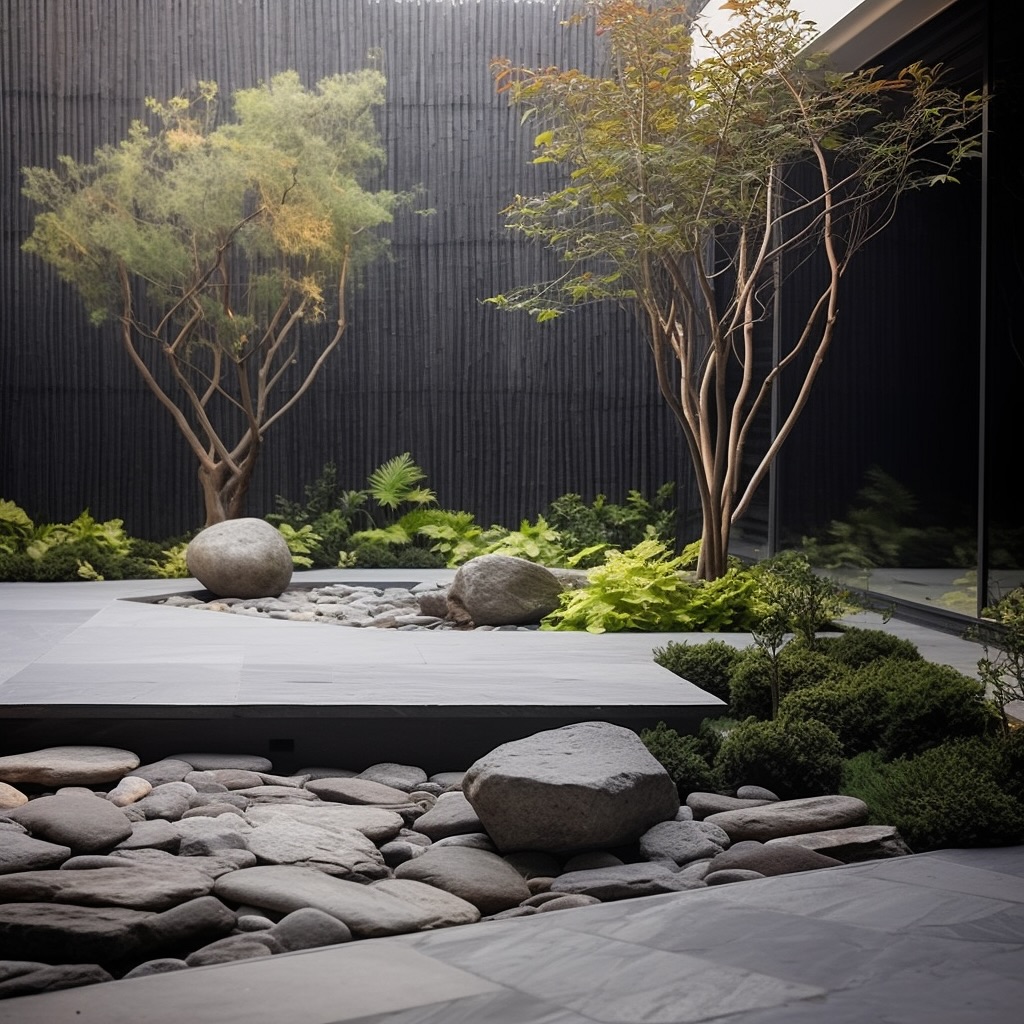
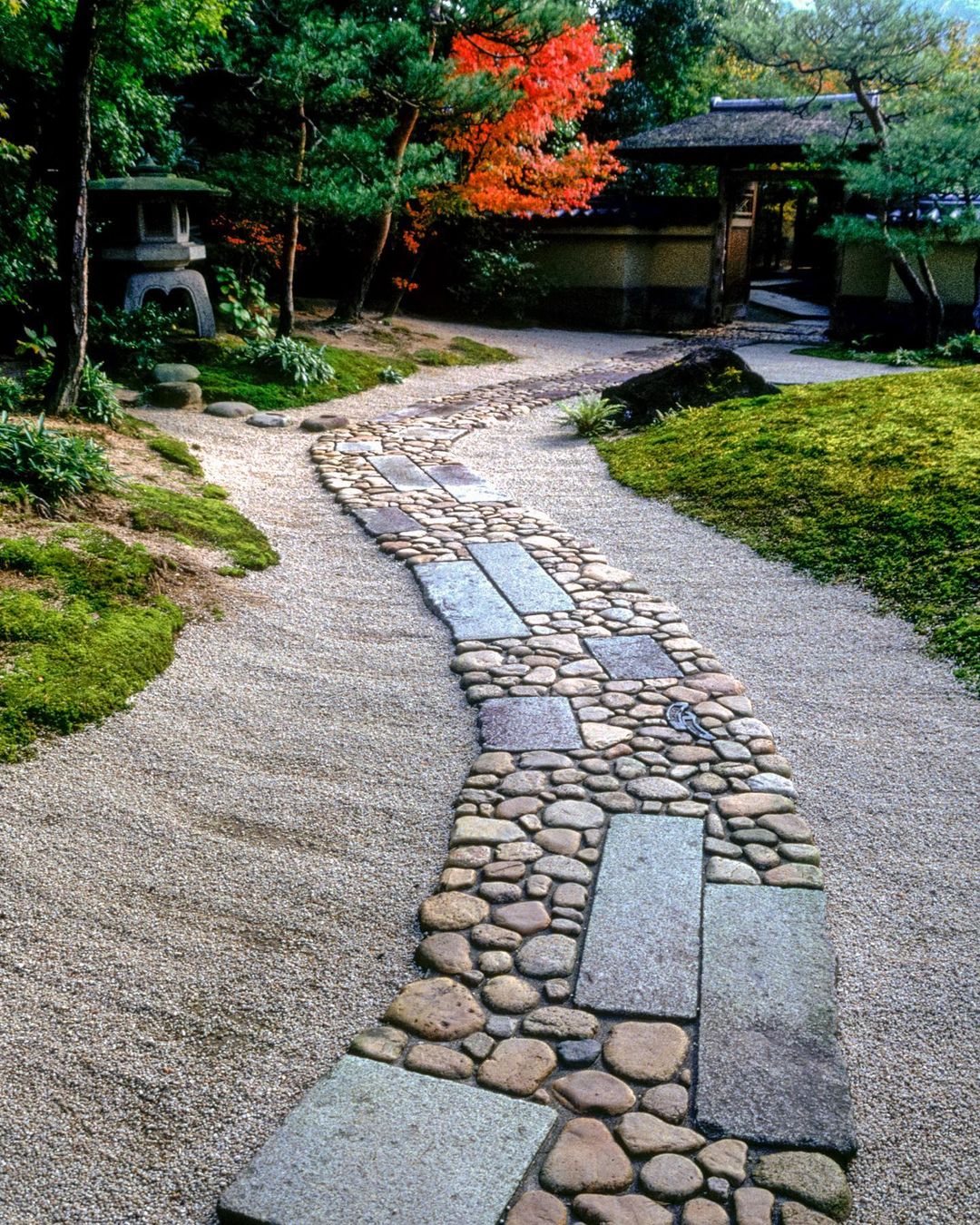
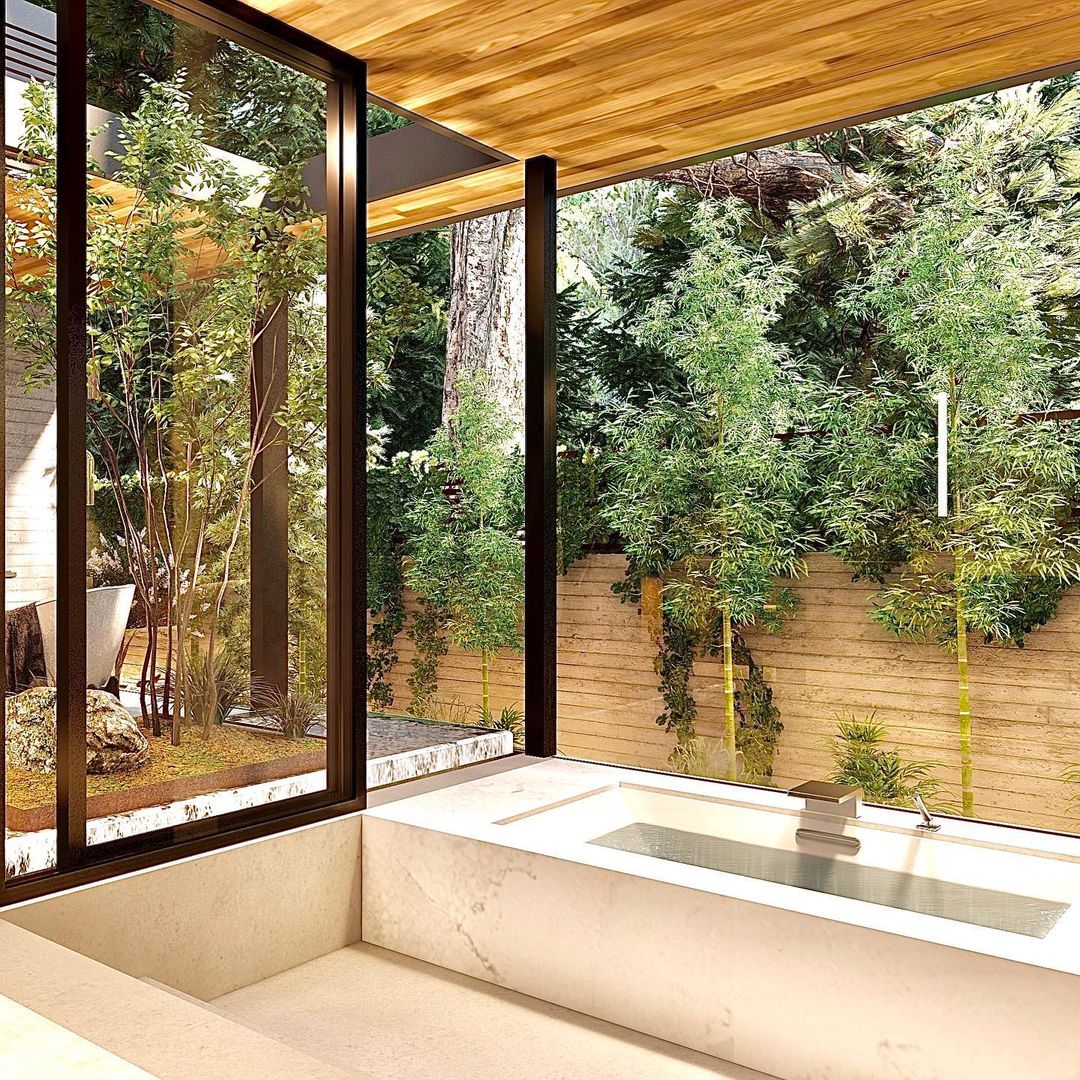

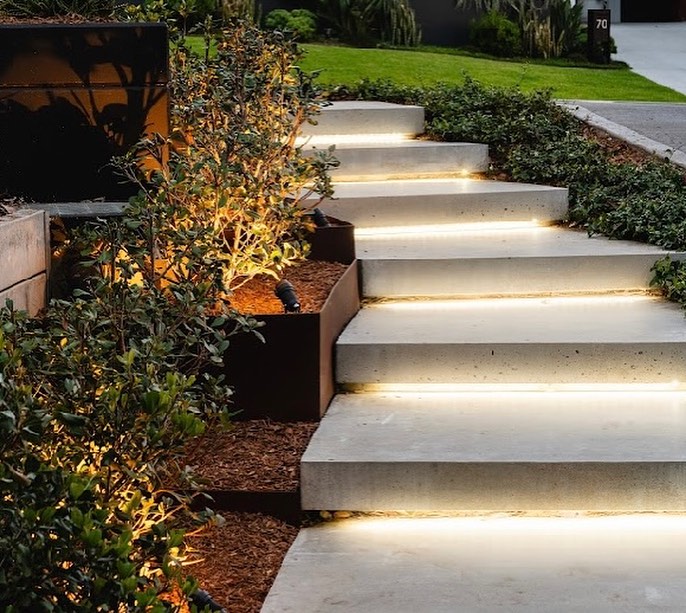
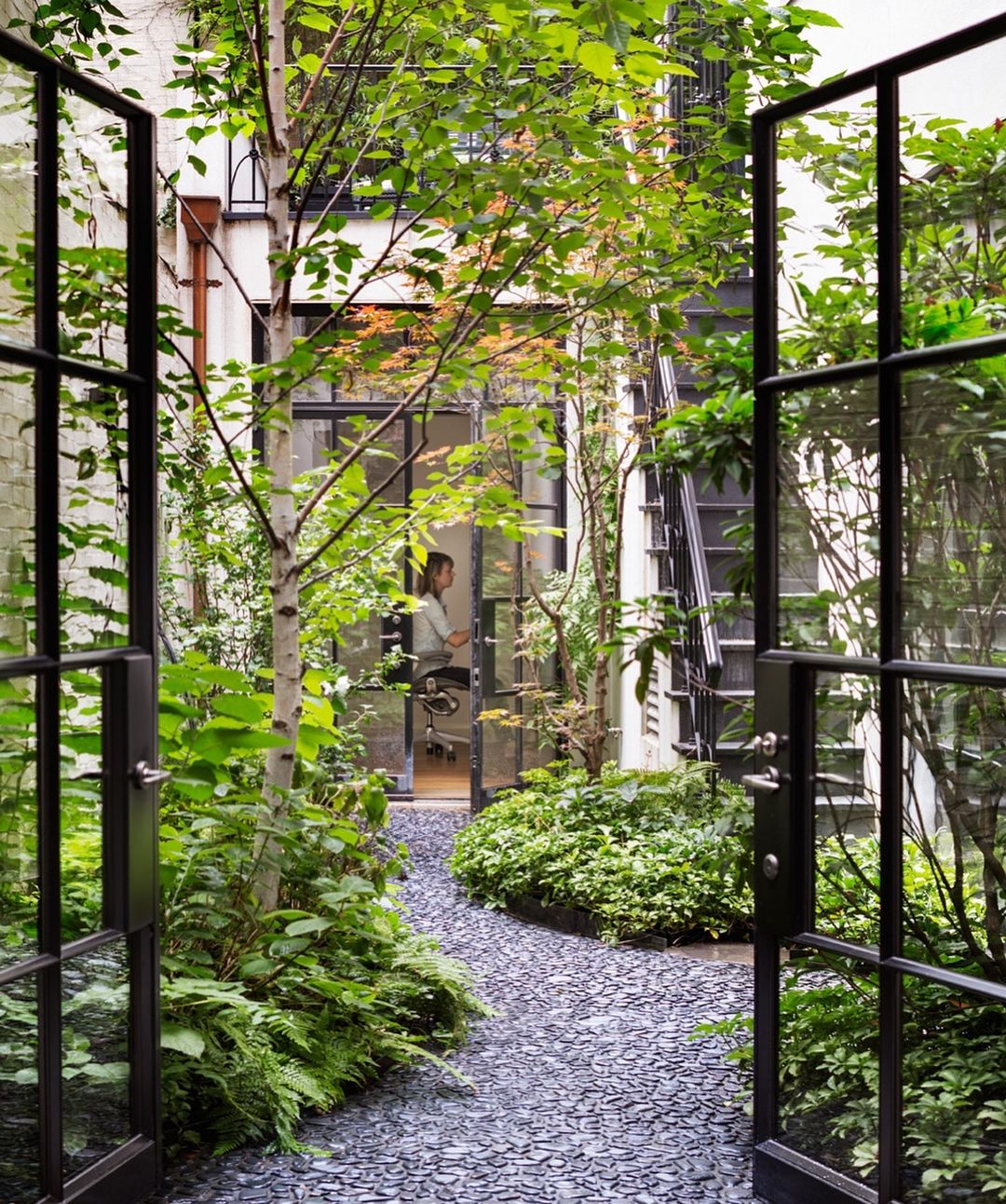

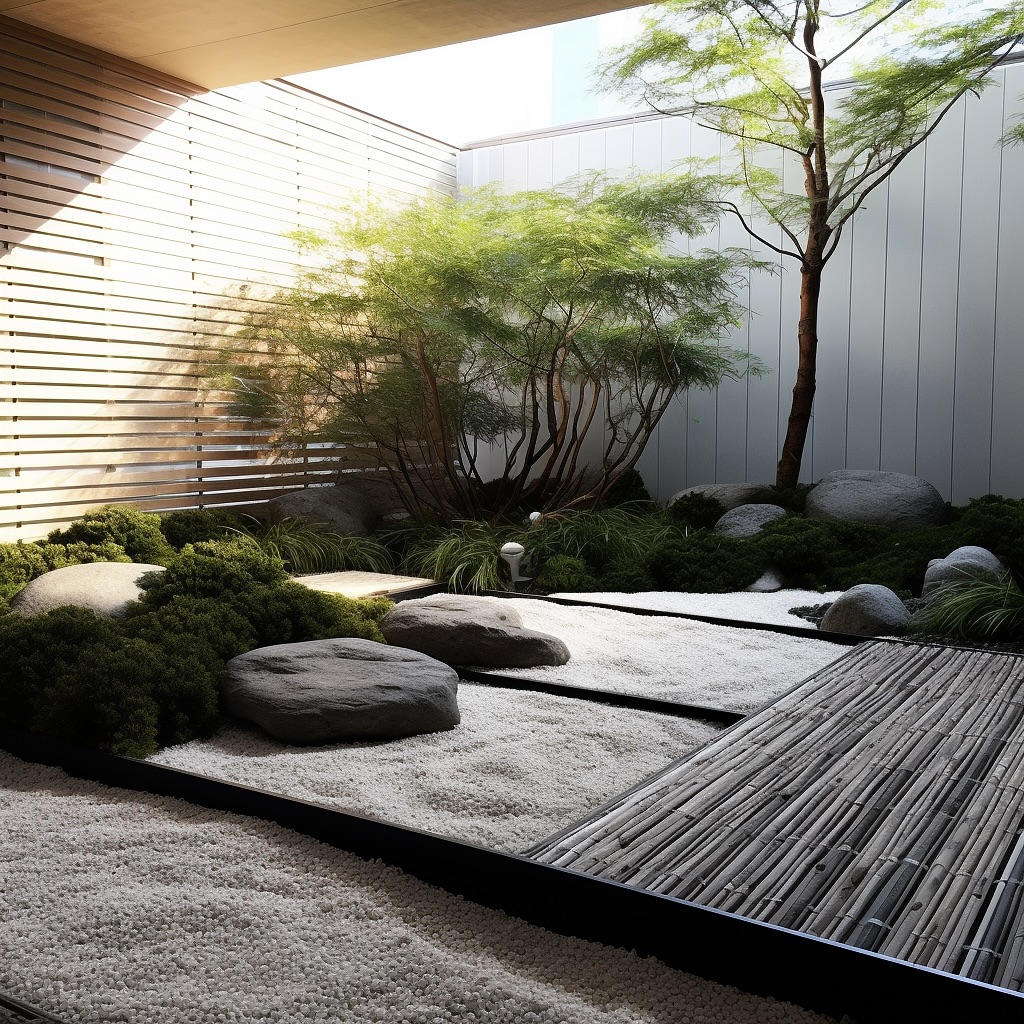

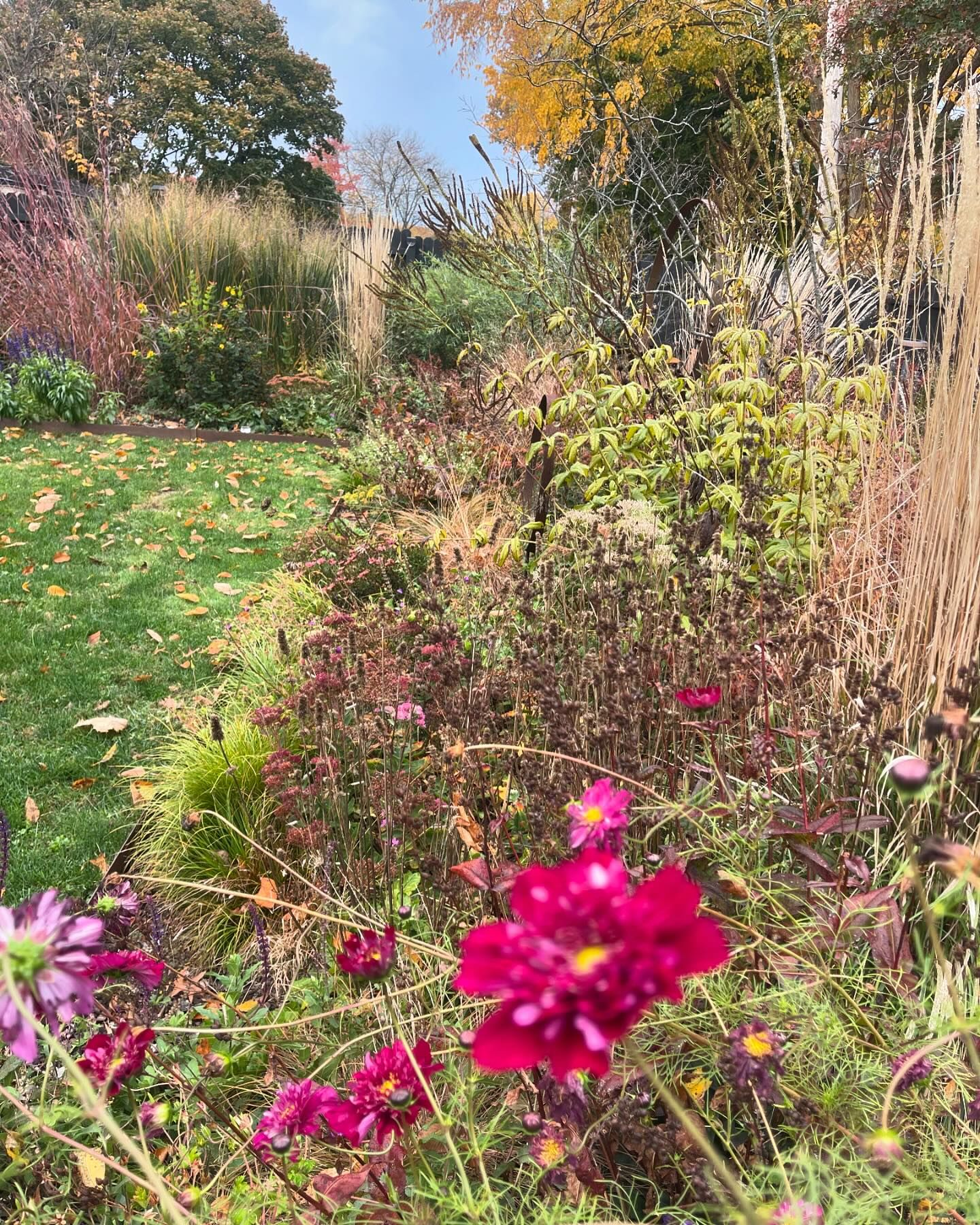
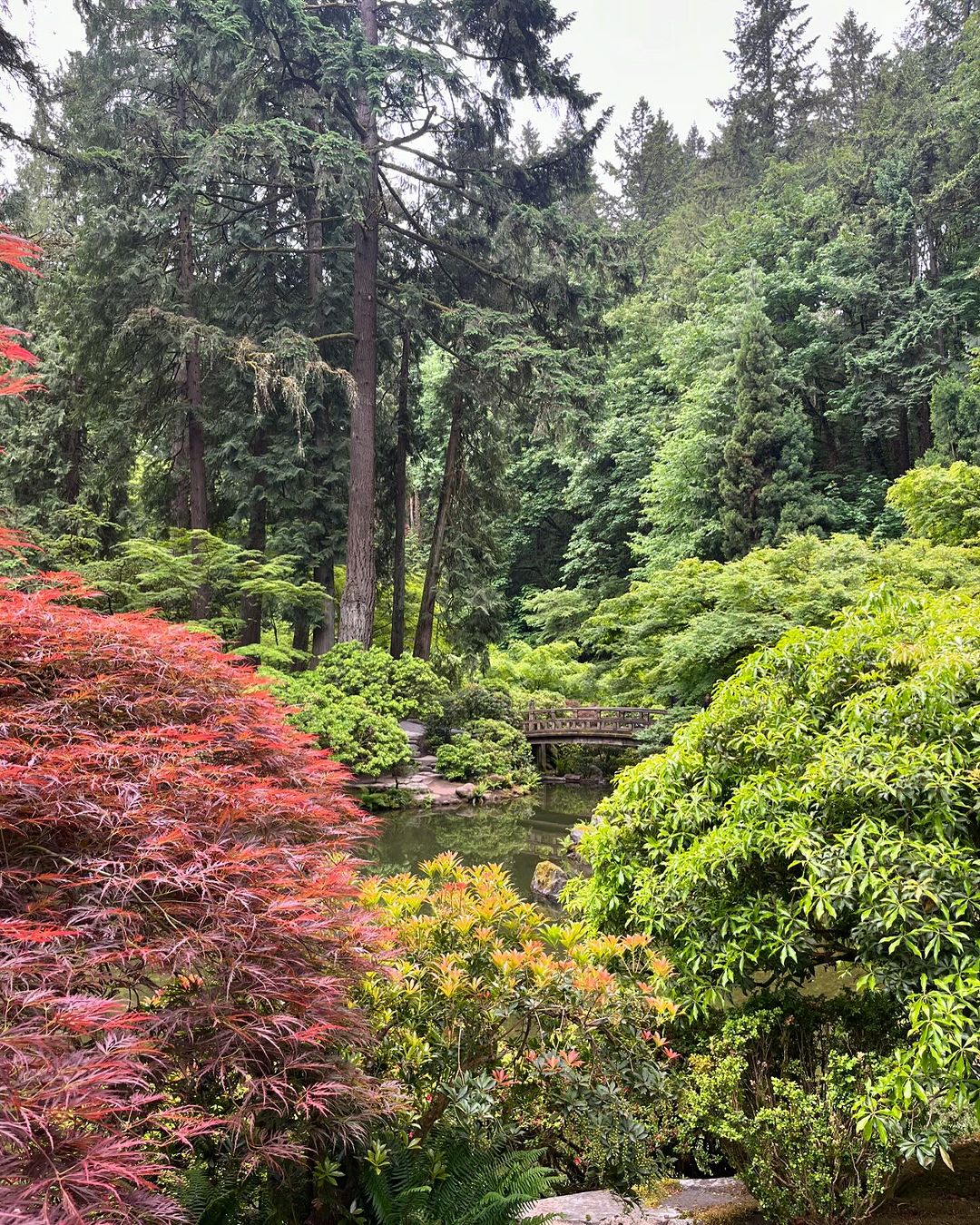
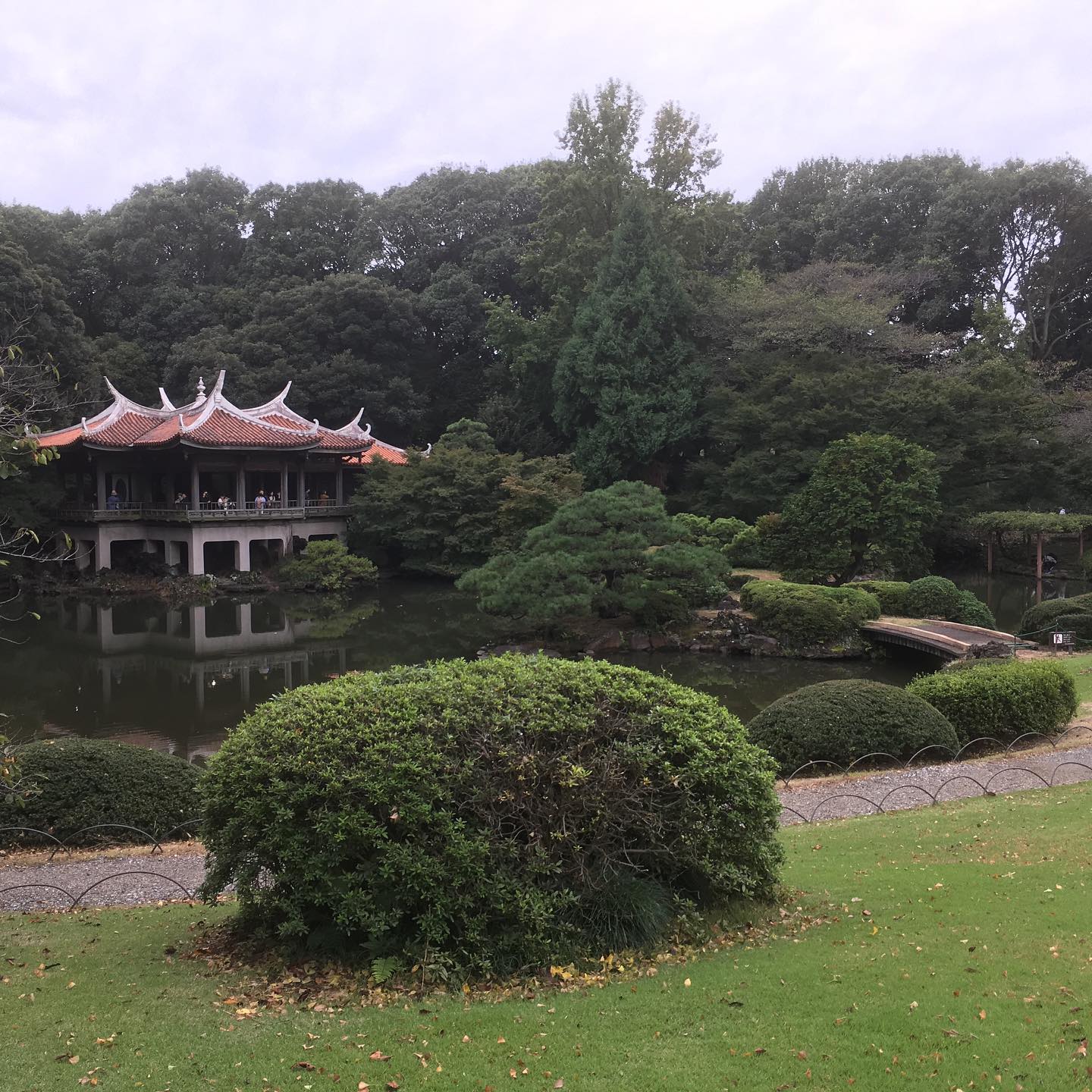
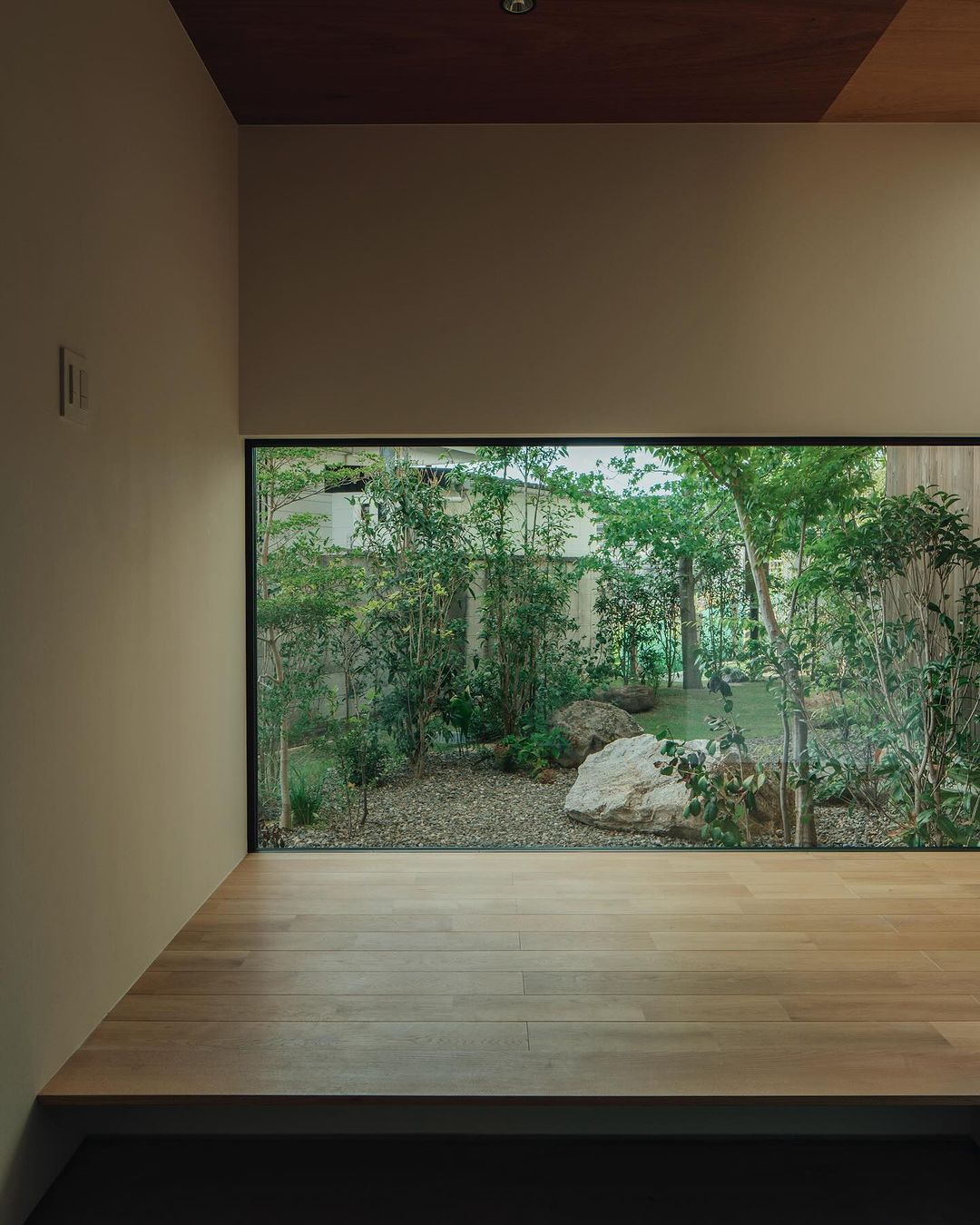
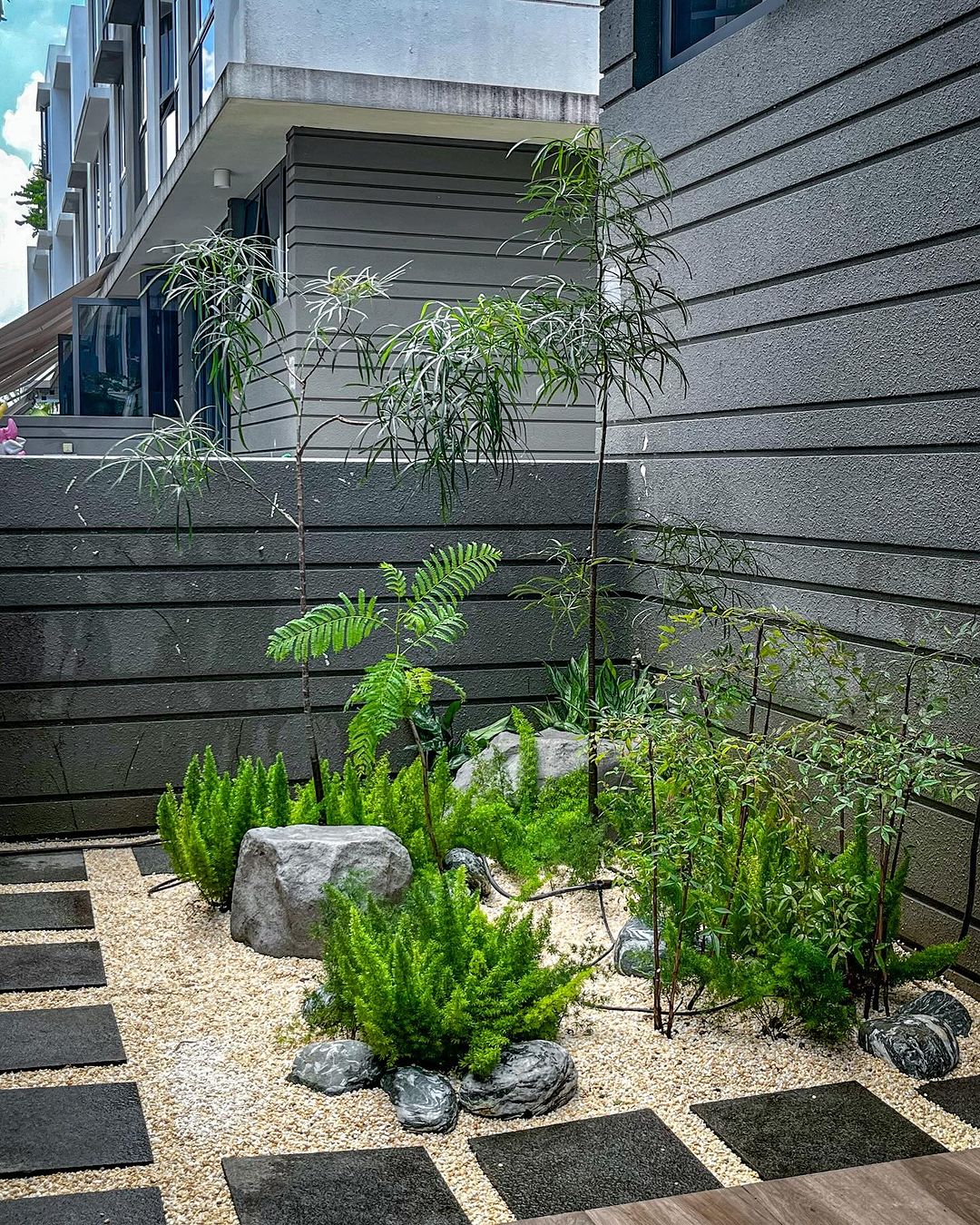

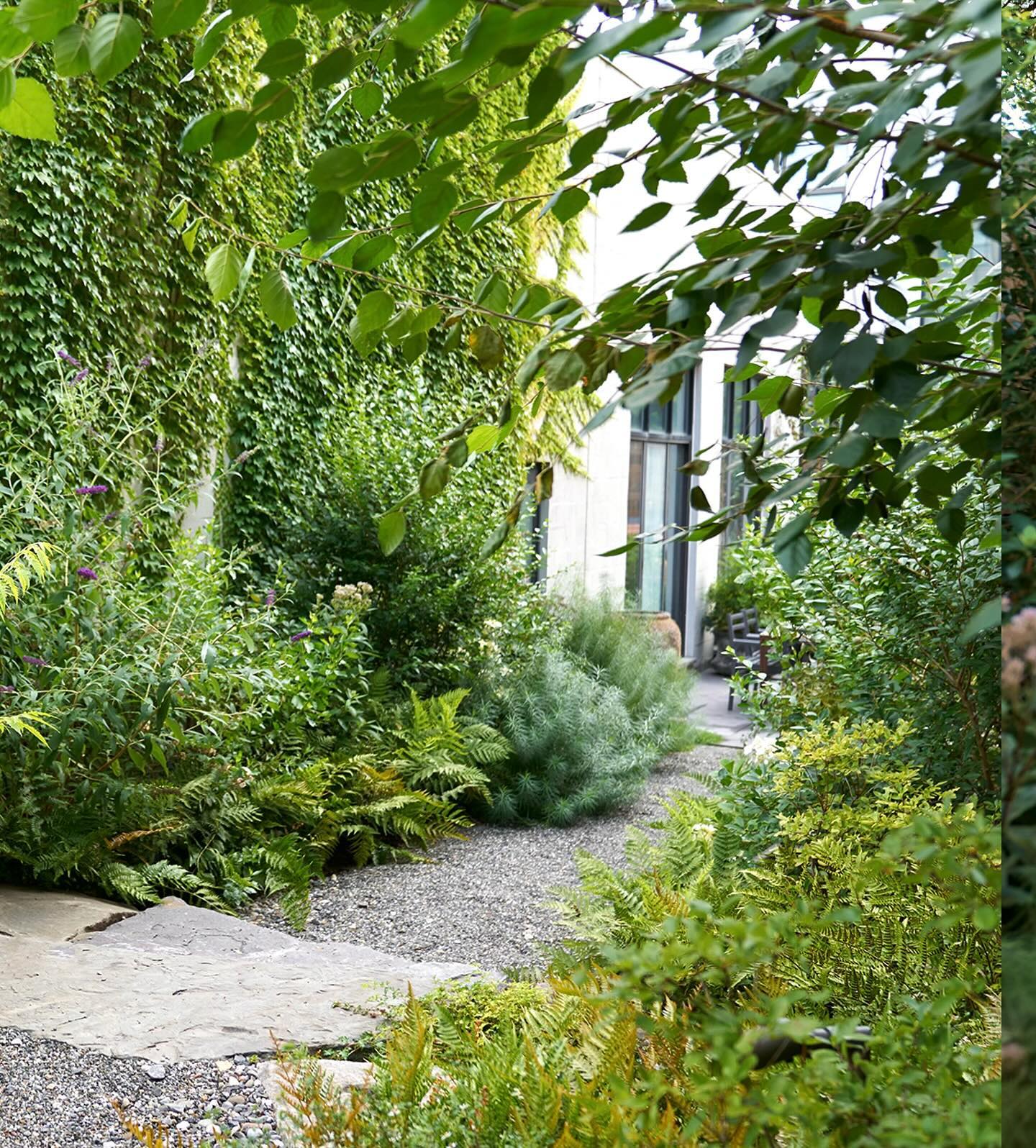
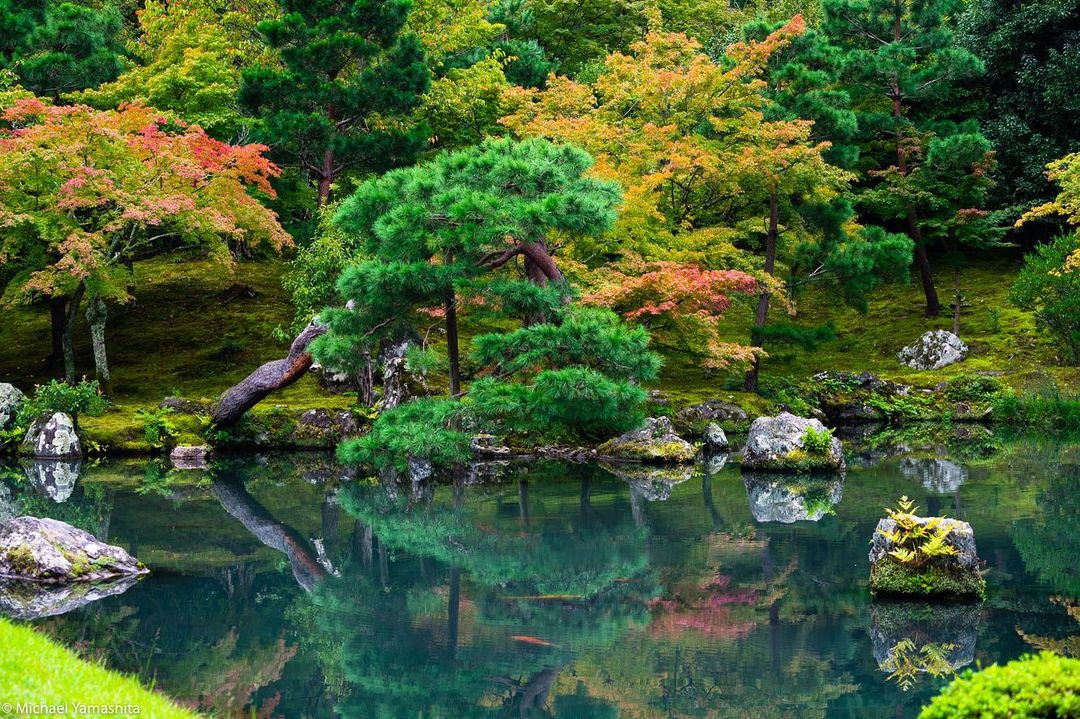
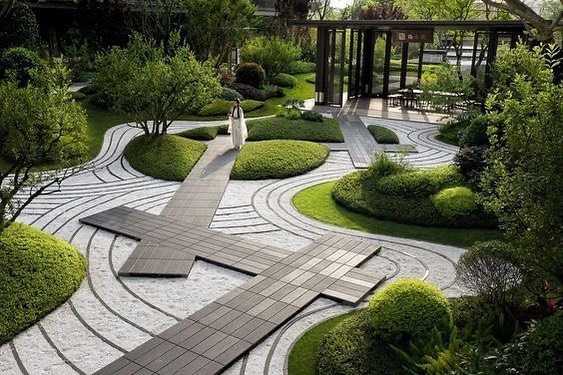
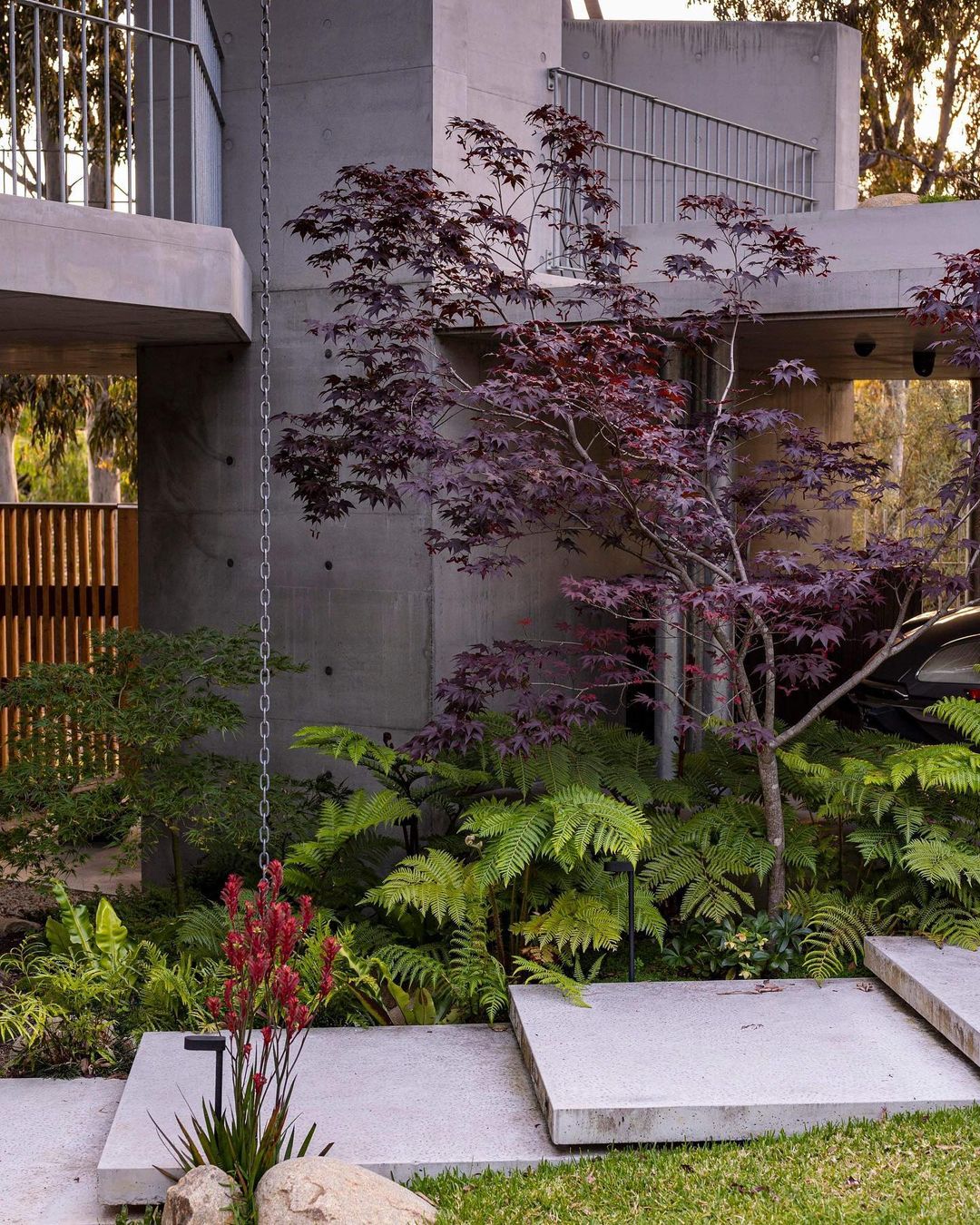
Comments